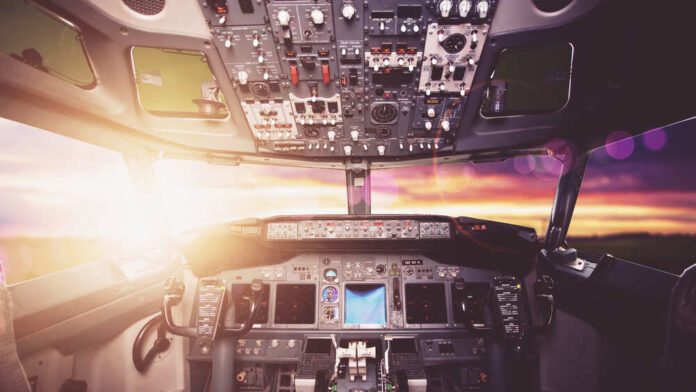
The aviation industry is facing an imminent shortage of experienced pilots, and estimates suggest that the United States alone will need an additional 60,000 pilots by the end of this decade. Experts recently testified before the House Transportation and Infrastructure Committee that the retirement of experienced pilots, combined with a lack of qualified trainees, will intensify the pilot shortage facing the U.S. airline industry in the coming years.
To address the pilot shortage, we should do all we can to remove barriers to training and ensure folks from diverse backgrounds can become pilots. That’s why I’m proud to lead this bipartisan bill to help increase access to pilot training. https://t.co/bGJAU5HeCA
— Rep. Colin Allred (@RepColinAllred) May 2, 2023
Retirement of Experienced Pilots. In an earnings call earlier this year, United Airlines CEO Scott Kirby announced that the company, along with Delta, Southwest, and American, plans to add 8,000 pilots in the near future due to an anticipated pilot shortage. With global lockdowns and public health restrictions reducing demand for air travel in the spring of 2020, commercial pilots were urged to retire by their employers, exacerbating a preexisting shortage of pilots. The rising cost of air travel and the recent uptick in tourist activity has led lawmakers to take note.
The FAA mandates that pilots retire at the age of 65, which means more than half of today’s commercial pilots will be forced to retire within the next 15 years. However, only 8% of pilots are under 30 years of age due to the high cost of flight training, which poses a significant challenge for the industry.
While there's a lot of chatter about the #pilot shortage, the question is what's exactly happening there?
A closer look at the hiring trends reveals that demand is skewed in favour of those pilots with experience.
More in our analysis today: https://t.co/8uh0DIVcM7 pic.twitter.com/qaRUavmUNF
— Lavpreet Kaur (@kaurlavpreet698) May 4, 2023
Lack of Qualified Trainees. Regional Airline Association CEO Faye Malarkey Black testified before the House Transportation and Infrastructure Committee that the airline industry anticipates another surge of pilot retirements in the coming years, equivalent to a tsunami. Due to the lack of qualified trainees, the shortage of pilots is likely to intensify, which can impact the ability of airlines to meet the growing demand for air travel.
Pilot Training and FAA Regulations. Sam Graves (R-MO), a pilot and chairman of the House Committee on Transportation and Infrastructure, noted in his opening statement that pilot training has remained unchanged. According to him, a recent FAA study proves that “the number of flight hours you have is not a reflection of what kind of pilot you are,” so the rule requiring pilots to have 1,500 hours of experience before flying a commercial airliner should be rethought.
Brad Thress, CEO of FlightSafety International, testified before lawmakers about the benefits of flight simulators for training pilots. He believes allowing credit for simulator training is valid for producing professional pilots.
Impact on Air Travel. The shortage of pilots has already started to impact air travel. According to data from the Bureau of Labor Statistics, airfare in the United States has increased by approximately 18% year-over-year due to pilot shortages and increased fuel expenses.
Legislation Proposed to Raise Retirement Age. Representative Chip Roy (R-TX) and Senator Lindsey Graham (R-SC) have proposed legislation to raise the retirement age for commercial pilots from 65 to 67. However, Transportation Secretary Pete Buttigieg is against this proposal.














